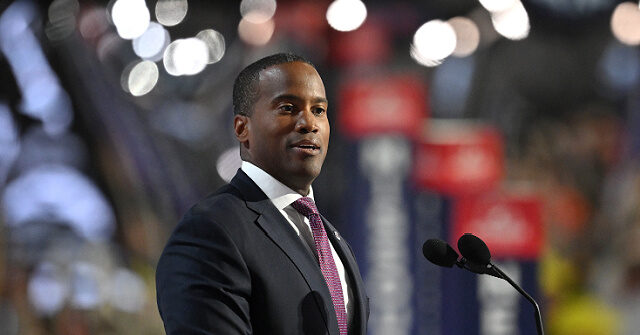You have to consider the specific value of the employee’s contribution, and you have to determine which rewards best illustrate your gratitude while meeting the personal needs of the employee.
Monetary rewards
Monetary rewards can include raises, bonuses, cash gifts, stock options, gift cards, or anything with a set cash amount that the employee can use as they desire.
Some companies will offer monetary rewards in the form of quarterly bonuses (sometimes contingent on the results of quarterly performance reviews), and other companies will offer these rewards on a case-by-case or as-needed basis.
A gym membership or other lifestyle perks
Gym memberships have become popular incentives in corporate culture.
For the employee, it’s a great way to relieve stress and remain on track with personal goals outside of the workplace.
For the employer, it’s a great way to encourage team-building and promote your company wellness initiatives.
If you choose a program that offers gym access, fitness classes, yoga classes, and online classes, you can be sure that you’re appealing to all of the varied fitness needs of your team members.
Verbal praise
While a monetary reward might seem like the ultimate prize for a hard-working team member, research shows that 65 per cent of employees actually prefer non-cash incentives. This is especially true of millennial workers.
One of the simplest and most effective rewards you can offer is positive feedback—the acknowledgement of a job well done.
Verbal praise clearly demonstrates that you notice and appreciate a team member’s hard work.
Global studies have found recognition of hard work to be more motivating than higher compensation, autonomy, and even promotions.
Written praise
Not all recognition is verbal. Written praise can have even more of an immediate and lasting impact than verbal praise.
But while written praise can be as simple as an email or Slack message saying “Great job!”, it carries much more significance when the message is personal and specific.
A formal letter of praise and acknowledgement can go a long way.
A peer-to-peer recognition system
Peer-to-peer recognition is verbal or written praise that comes not from the leadership but from an employee’s colleagues. To encourage this type of recognition in the workplace, you need to create an outlet for it.
For instance, you might establish a Slack channel for “Thanks and Shout-Outs” or send a monthly company-wide email encouraging employees to share how their fellow team members have helped them in the past 30 days.
When your employees recognize each other’s contributions, it makes it easier for you as the leader to determine when other rewards are warranted. Often, employees will highlight valuable team member contributions that you didn’t even know about.
Plaques and awards
Speaking of written praise, personalized awards can also be invaluable. These may be given out during performance reviews, at an annual company awards ceremony, or on an impromptu basis.
They’re an effective form of written praise that employees are proud to display. They also make great resume builders (but hopefully your employees are so engaged that they’re not even thinking of taking their talents elsewhere).
Greater autonomy
If an employee demonstrates the ability to work productively with minimal oversight, more autonomy may be granted. But it’s not enough to simply scale back the level of supervision.
The employee needs to know that their newfound autonomy is the direct result of a job well done. So tell them, but also reinforce the notion that with greater freedom comes greater responsibility.
Flex days
Flex days afford employees the opportunity to take flexible hours, either on a specific day or on a regular basis.
If it doesn’t interfere with your business operations, this can be an excellent motivator. You might also consider rewarding team members by letting them work from home on a specific day (or days).
Promotions and new opportunities
If an employee consistently demonstrates excellence in their work, it may be time to promote them to the next level of authority or responsibility, assuming such a role is available.
Career growth is a key driving factor for ambitious team members, and a promotion (often coupled with a pay raise) demonstrates to them that their hard work is paying off.
There’s also an additional benefit for you, the employer. You gain a new higher-level team member to help keep the operation flowing smoothly.
An employee reward system
Employee recognition platforms are changing the game for company culture. Your employees sign up as members of your organization, and you assign them points based on their contributions.
The employees can then trade those points for gift cards, apparel, meal kits, fitness memberships, or whatever else is available in the rewards marketplace.
It’s a great way to enhance their quality of life while promoting greater engagement in the workplace.


















Discussion about this post